
Excavating the Future in Los Angeles: A Discussion of Mike Davis’s City of Quartz
Sunday, May 5, 2024, 2:00-3:00pm
LitFest in the Dena, Mountain View Mausoleum, Altadena, CA
With fellow panelists, Ivan Salinas & Mike The PoeT Sonksen
Bio:
Jonathan Pacheco Bell is a Senior Embedded Planner at 4LEAF, Inc. and Adjunct Professor of Urban Planning at Cal Poly Pomona. Born in Boyle Heights and raised in East LA and Montebello, Jonathan came up as a graffiti writer in the 90s creating art and culture on the ground. For nearly 20 years, Jonathan has worked in South Central LA building community partnerships through street-level urban planning. He turned his methods into a new form of practice called Embedded Planning – where the planner works in and from community spaces. He has guest lectured across the U.S. on bottom-up urban planning and is always searching for the next space to engage community members. In addition to teaching and practice, Jonathan serves as Vice President of the Florence-Firestone Community Organization, a 501c3 nonprofit in South Central. He is co-author of the neighborhood history book, A Paseo Through Time in Florence-Firestone. His writing has been published in Planning Magazine, Cultural Daily, UrbDeZine, and Public Libraries Quarterly. Jonathan holds a Master’s in Urban Planning from UCLA Luskin School of Public Affairs and proudly represents City of Pasadena as a resident in the city’s vibrant and diverse District 5.

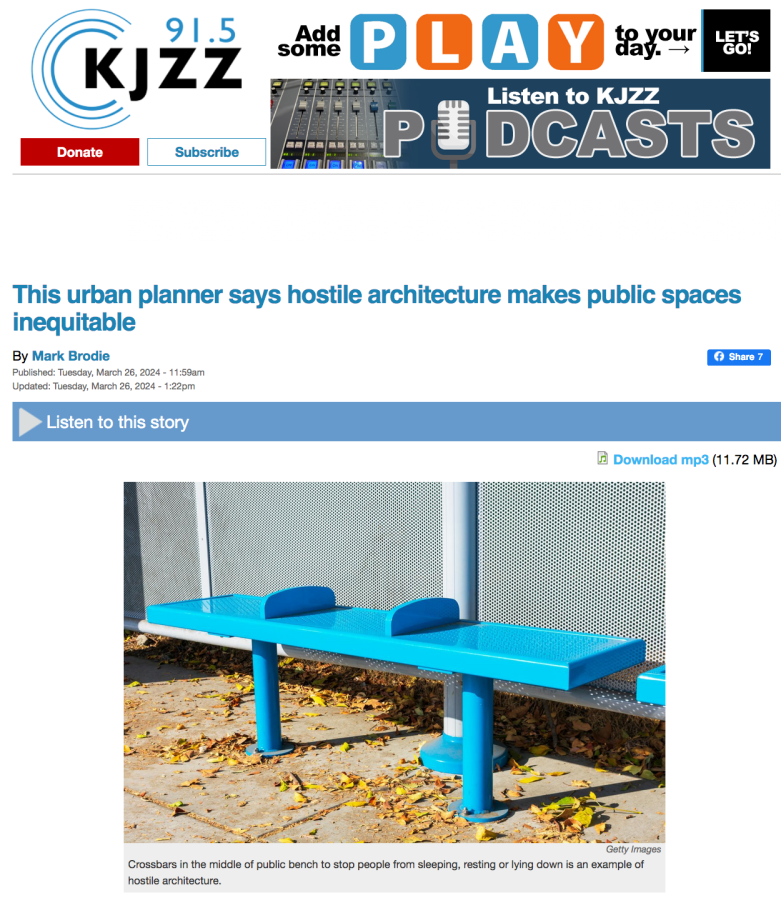

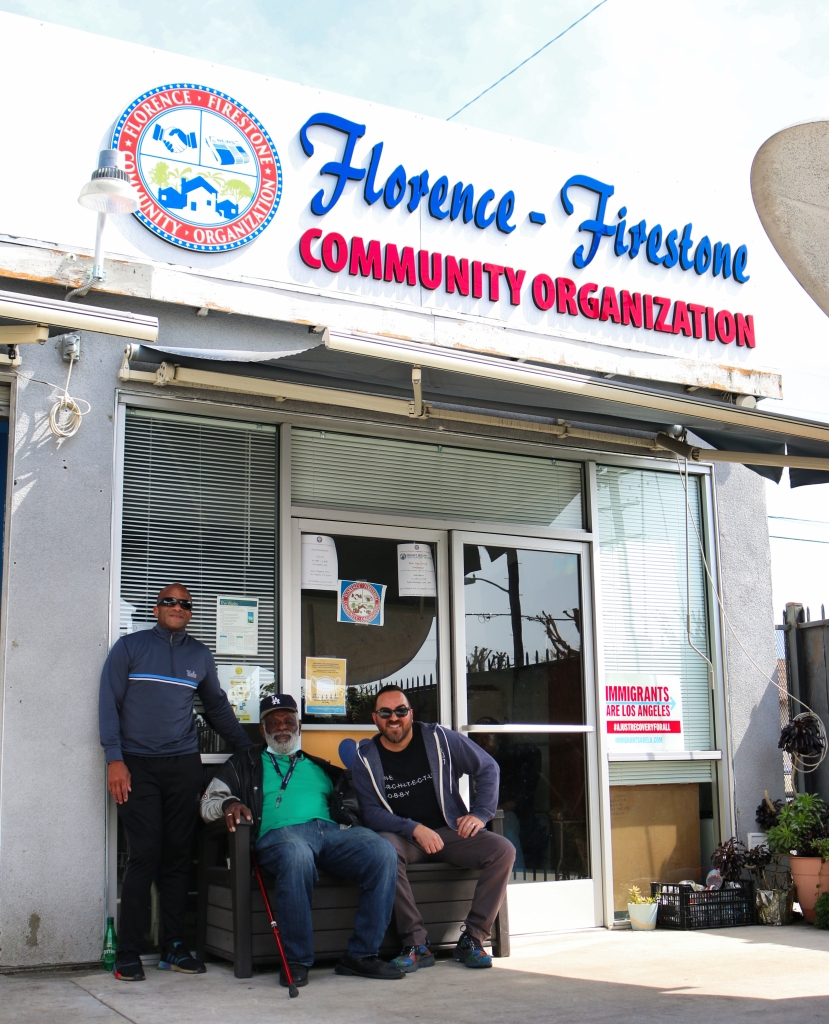
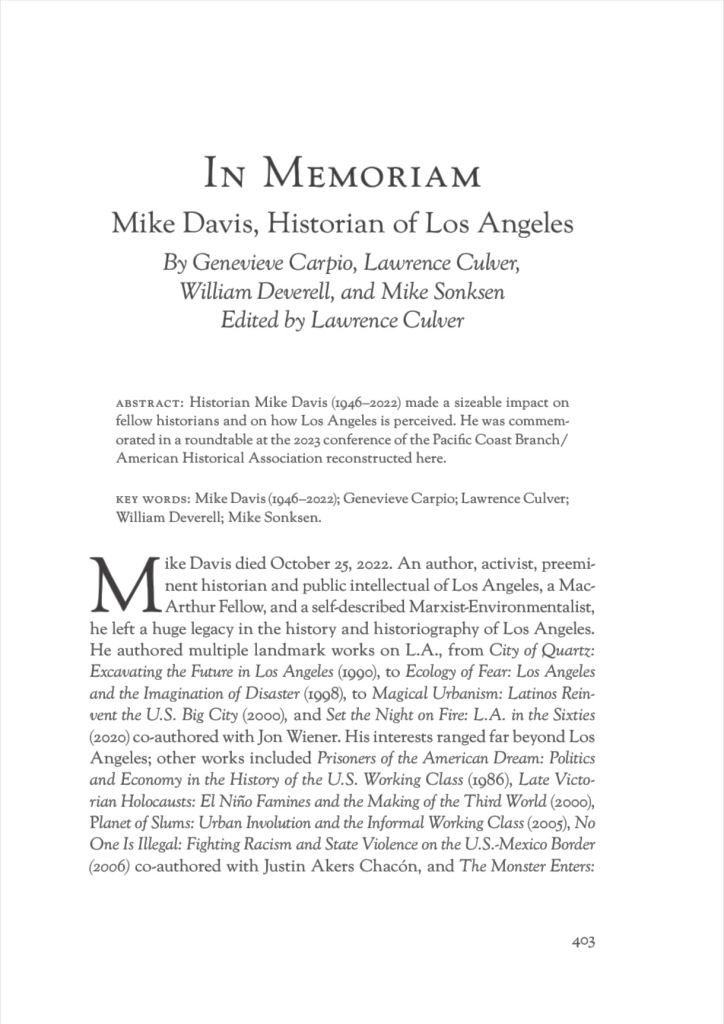
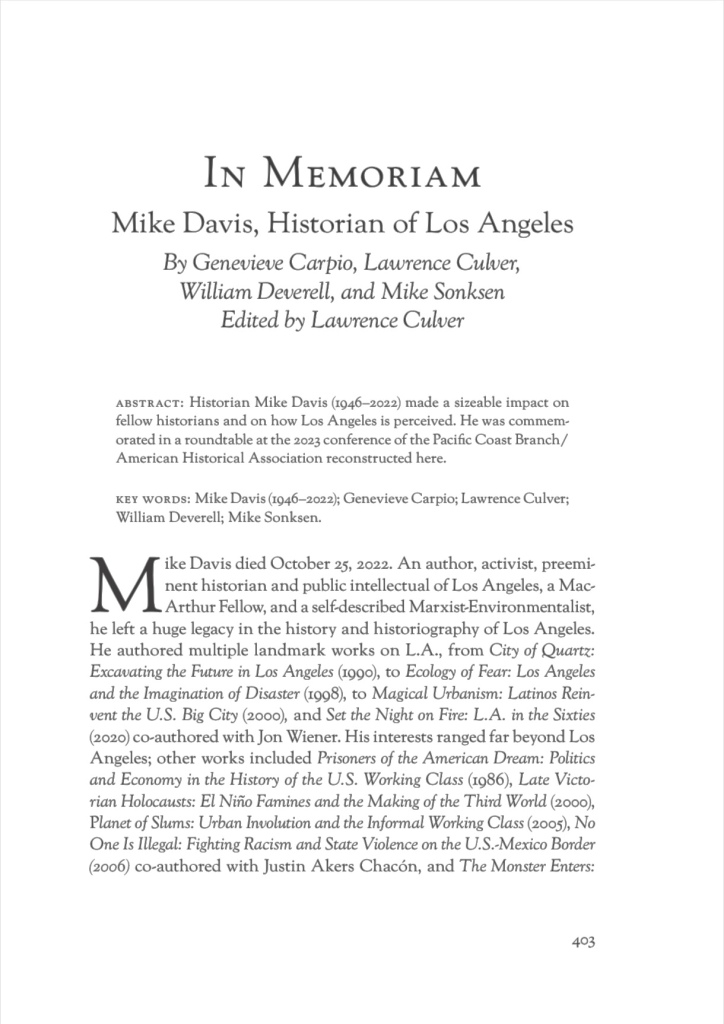
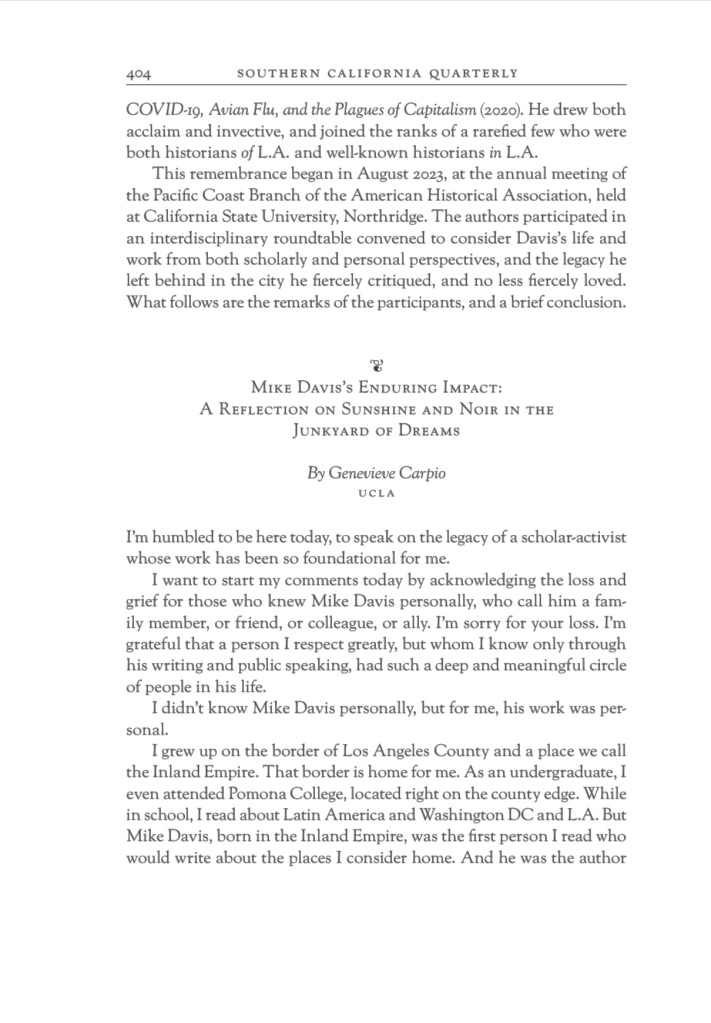
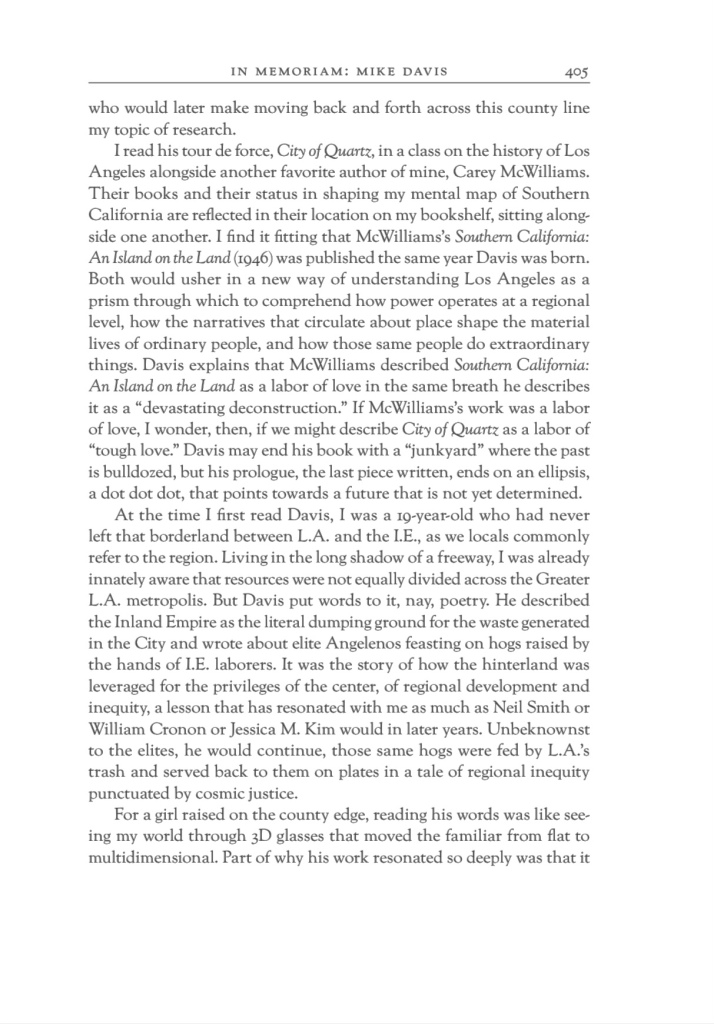
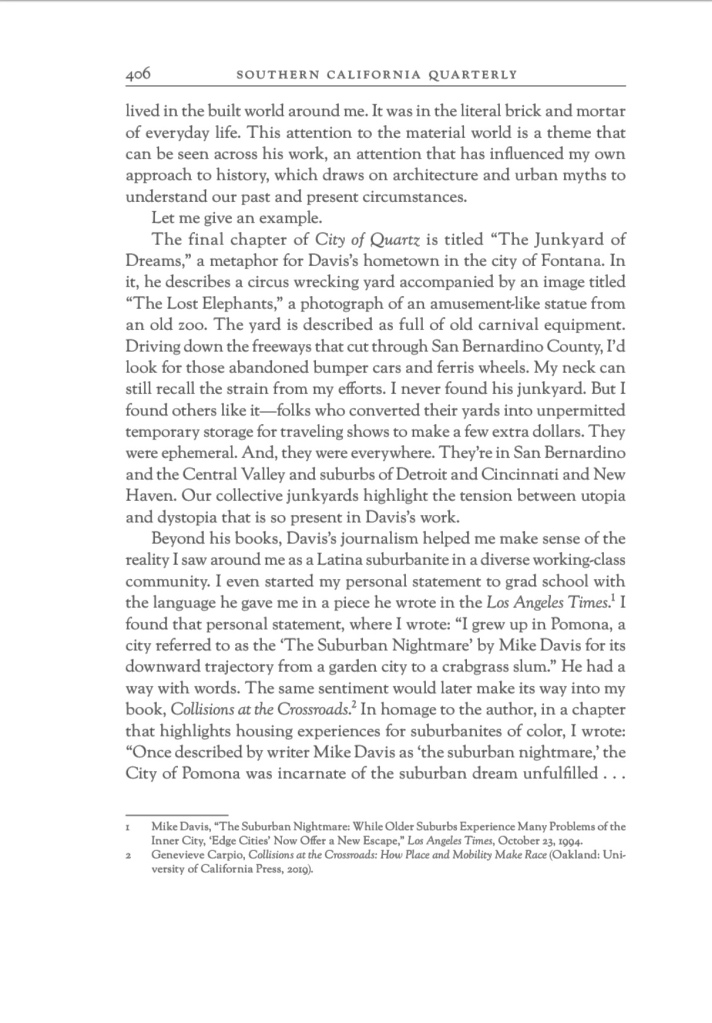
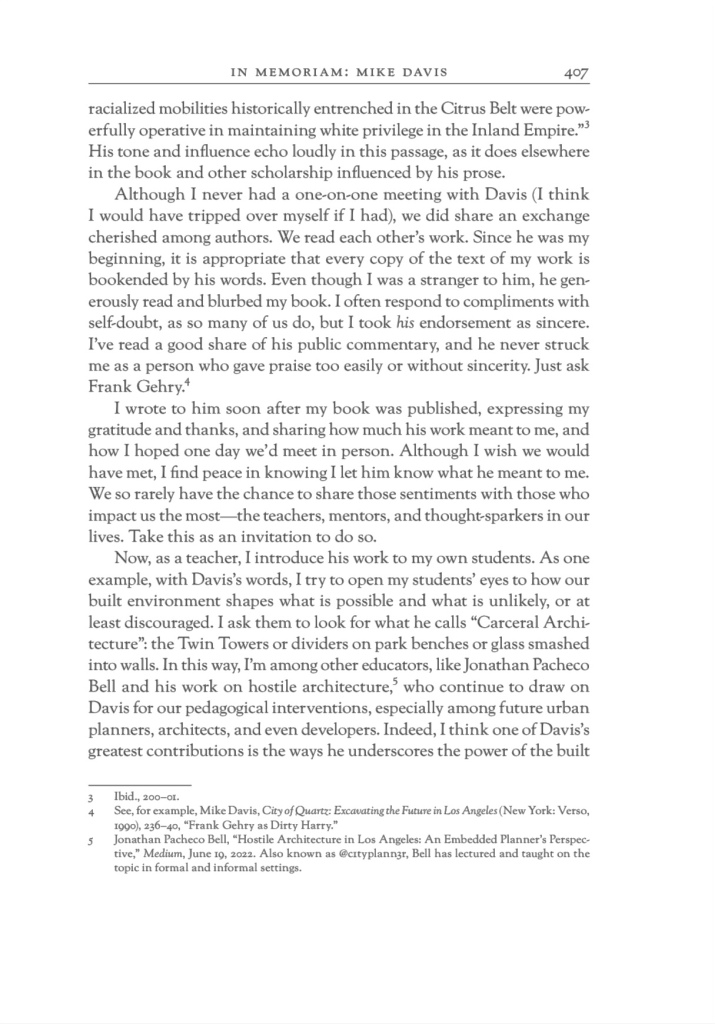
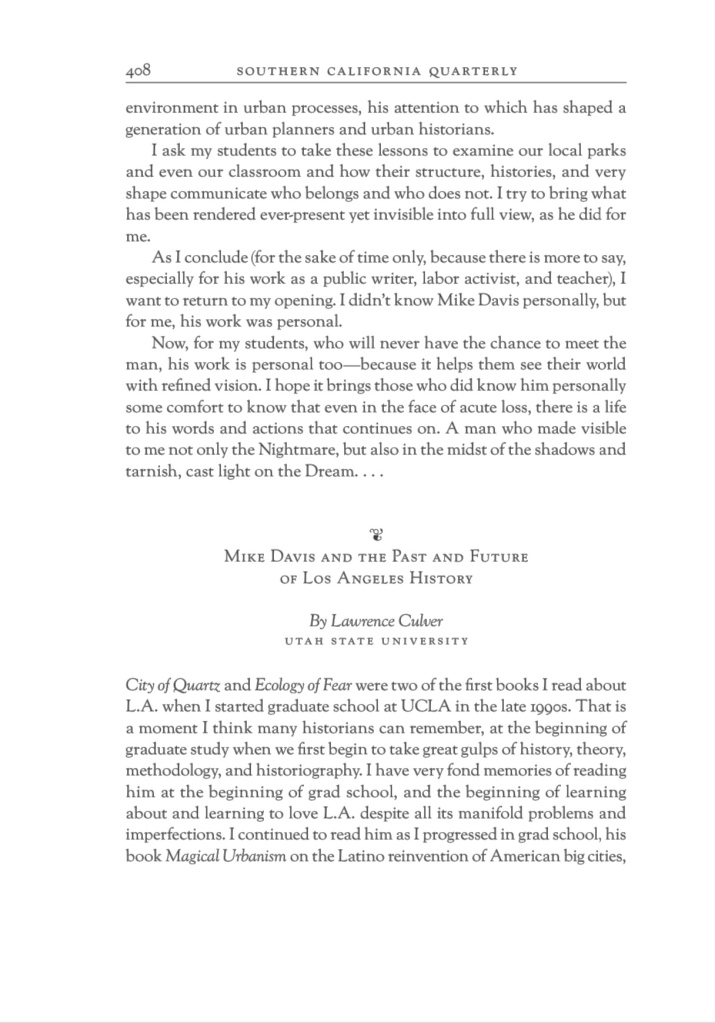
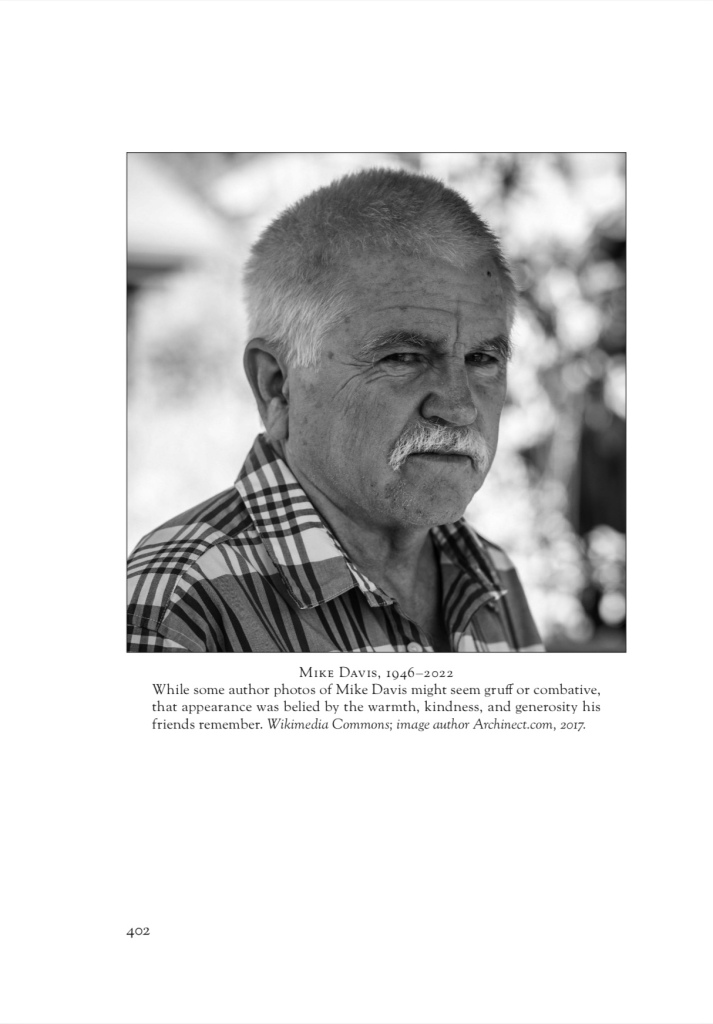
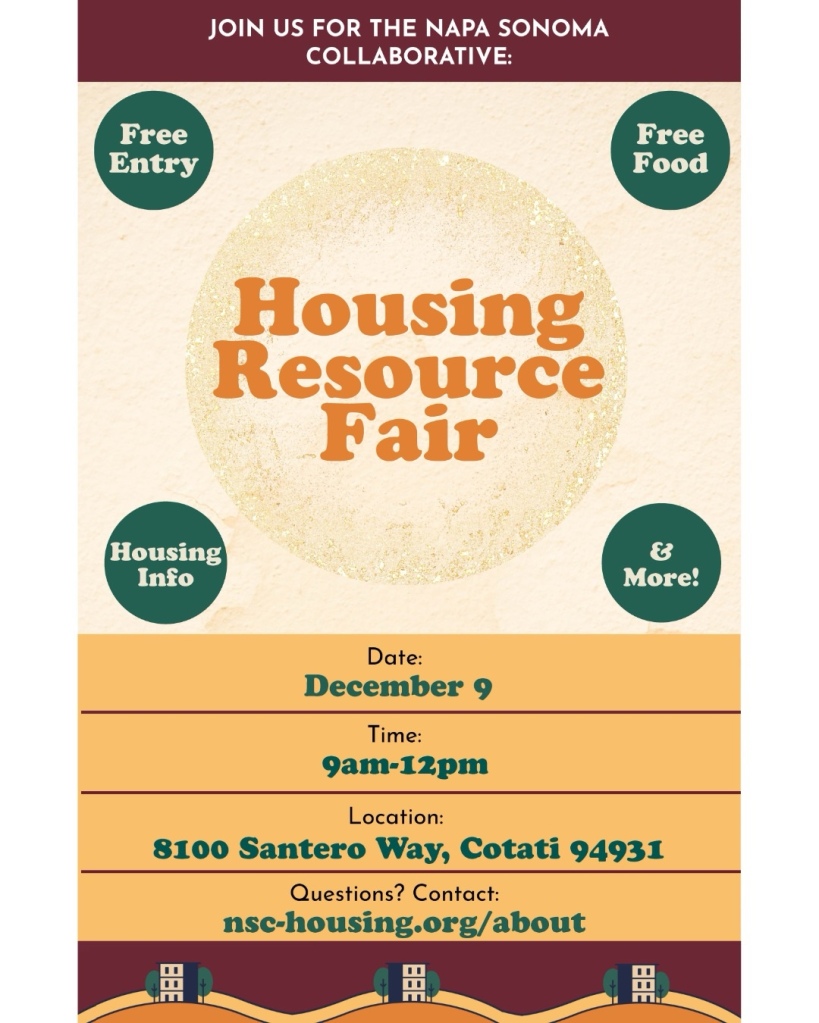
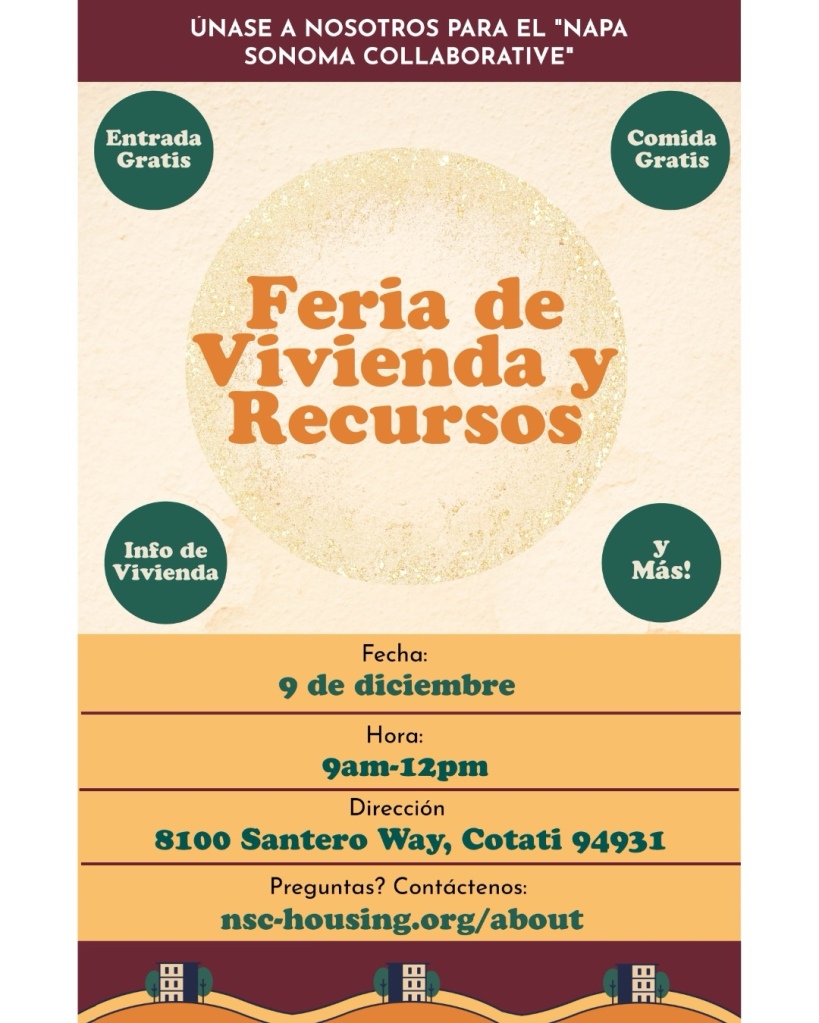











You must be logged in to post a comment.